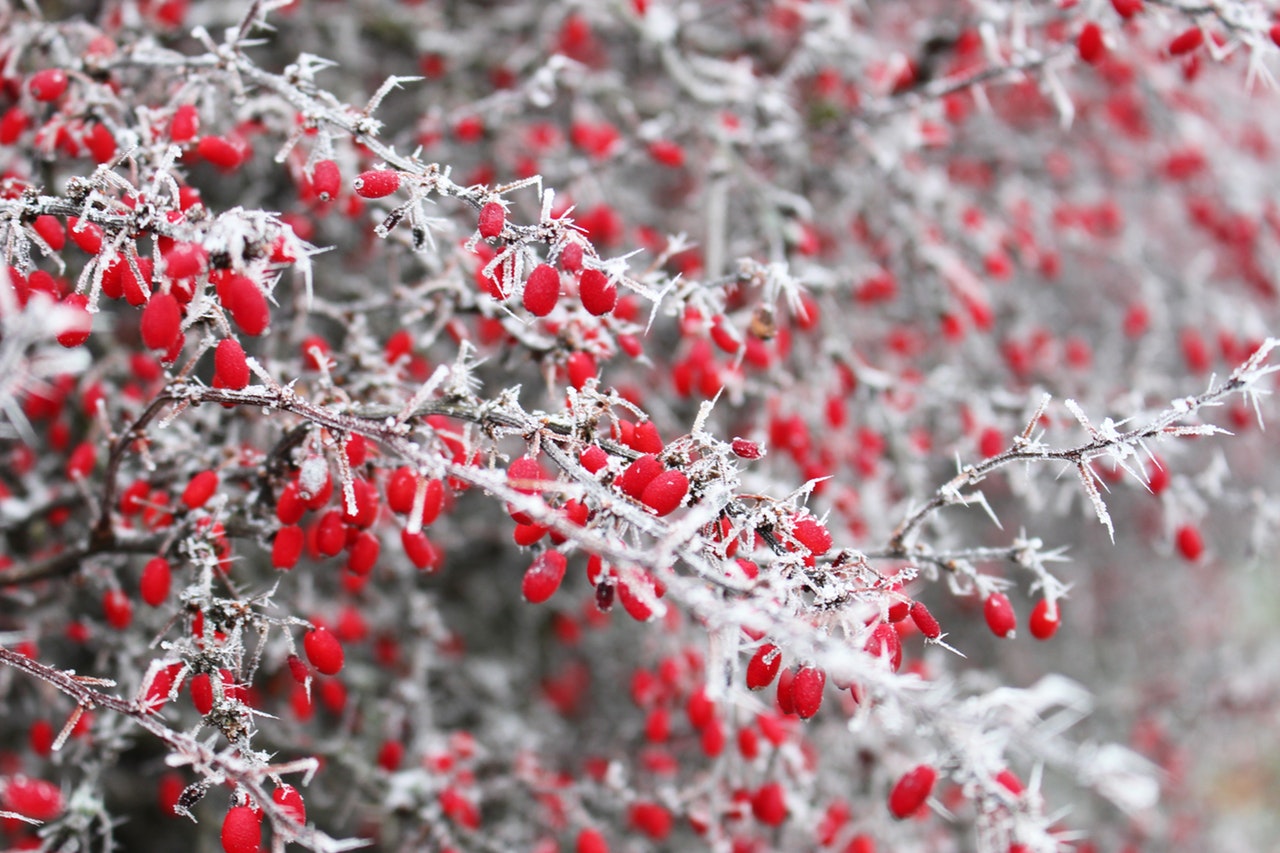
"Snow is both friend and foe to trees and shrubs," says Tchukki Andersen, staff arborist with the Tree Care Industry Association (TCIA). "Snow causes its share of damage, as we all know, but in many cases it also protects plants and their roots against extreme fluctuations in temperature that could damage or even kill them."
Snow does cause four kinds of damage to trees and woody shrubs: bending; breaking; splitting; and falling or uprooting. Whether woody plants will be damaged in one of these ways depends upon several factors. Coniferous evergreens, for instance, can bear more snow weight than broadleaf evergreens. A tree's form can also be a factor in how well it will withstand heavy snow. Pine (low altitude), spruce and fir with spread branches are more likely to be damaged by heavy snowfall than trees with steeper angled branches.
Arborvitae is a good example of a plant that doesn't handle heavy snow well. They tend to get tall, with multi-stemmed branches that are low to the ground.
"Snow will cause the branches to separate," says Andersen, who doesn't recommend planting arborvitae species in areas that get lots of heavy wet snow. She also recommends against planting them near buildings where snow can fall off the roof all at once in large piles. "Small, rounded woody-stemmed plants would be a better choice, but make certain to give them enough root space away from the structure."
A tree's structure is also a factor in whether it will be damaged by ice storms. A tree with good, right-angle branches will have less trouble than one with narrow, more vertical branch crotches.
The type of snow is an important factor in potential damage to trees. Obviously, wetter snow is more damaging because it is heavier. The time of season for snow can also be a factor. With a wet snow in March, when there are no leaves on the branches, the tree may be able to withstand damage pretty well. But that same snow in late spring or early fall, when the tree is filled with leaves, could add unbearable weight.
On the plus side, snow moderates root temperatures and provides moisture for spring. Snow helps insulate the ground, which is beneficial for two reasons. First, snow is a poor heat conductor, so the temperature changes very slowly from the top layer of the snow to the bottom. This keeps the ground from heating and cooling as air temperatures fluctuate. Heating and cooling often cause the ground to heave, which can be damaging to roots. Keeping the ground temperature more constant is a better environment for healthy roots. A covering of snow can help keep the ground warmer. Pile eight inches of snow on the ground and soil temperature seldom falls below 23 degrees.
Finally, a little breakage isn't always bad," insists Andersen. "Nature prunes trees, too. A wet snow may break off small twigs and dead branches. It can do a good job of pruning that way. Just follow up with some cleaning cuts.
An easy way to find a tree care service provider in your area is to use the Find Qualified Tree Care program. You can use this service by calling 1-800-733-2622 or by doing a ZIP code search at www.treecaretips.org.

